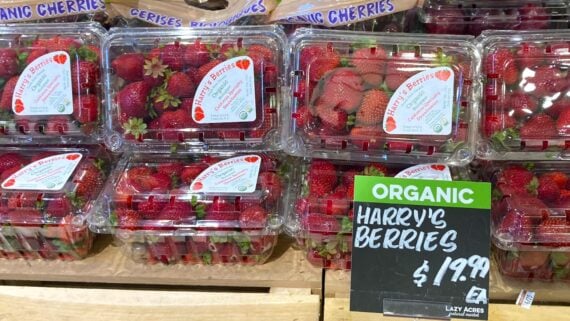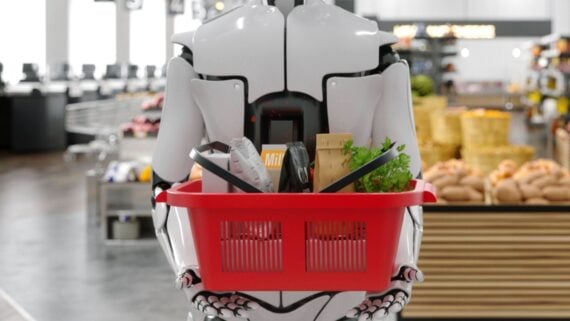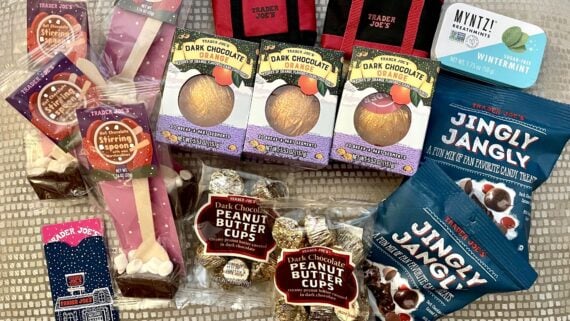No one who shops for groceries needs proof that some prices have gone way up in the last couple of months, but it is nice to be validated when data backs up your shrinking bank account.
The latest inflation numbers from the U.S. Bureau of Labor Statistics were released recently, and they confirm what we’ve all been experiencing at the grocery store: Prices of some items have gone sky high. There are also some surprises in the numbers, including the fact that the cost of some groceries has gone down. Here are all the grocery prices that increased or decreased the most during the month of September, according to the latest inflation data from the BLS.
Biggest Increases: Coffee

Your morning cup of joe is costing you more, even if you’re making it at home instead of heading to the Starbucks drive-thru. Overall, coffee prices increased by 18.9% year over year. The worst culprit? Instant coffee saw a 21.7% increase over the same time frame. (If you’re a tea drinker, you’re faring much better: prices have only gone up 1.7%.)
Beef
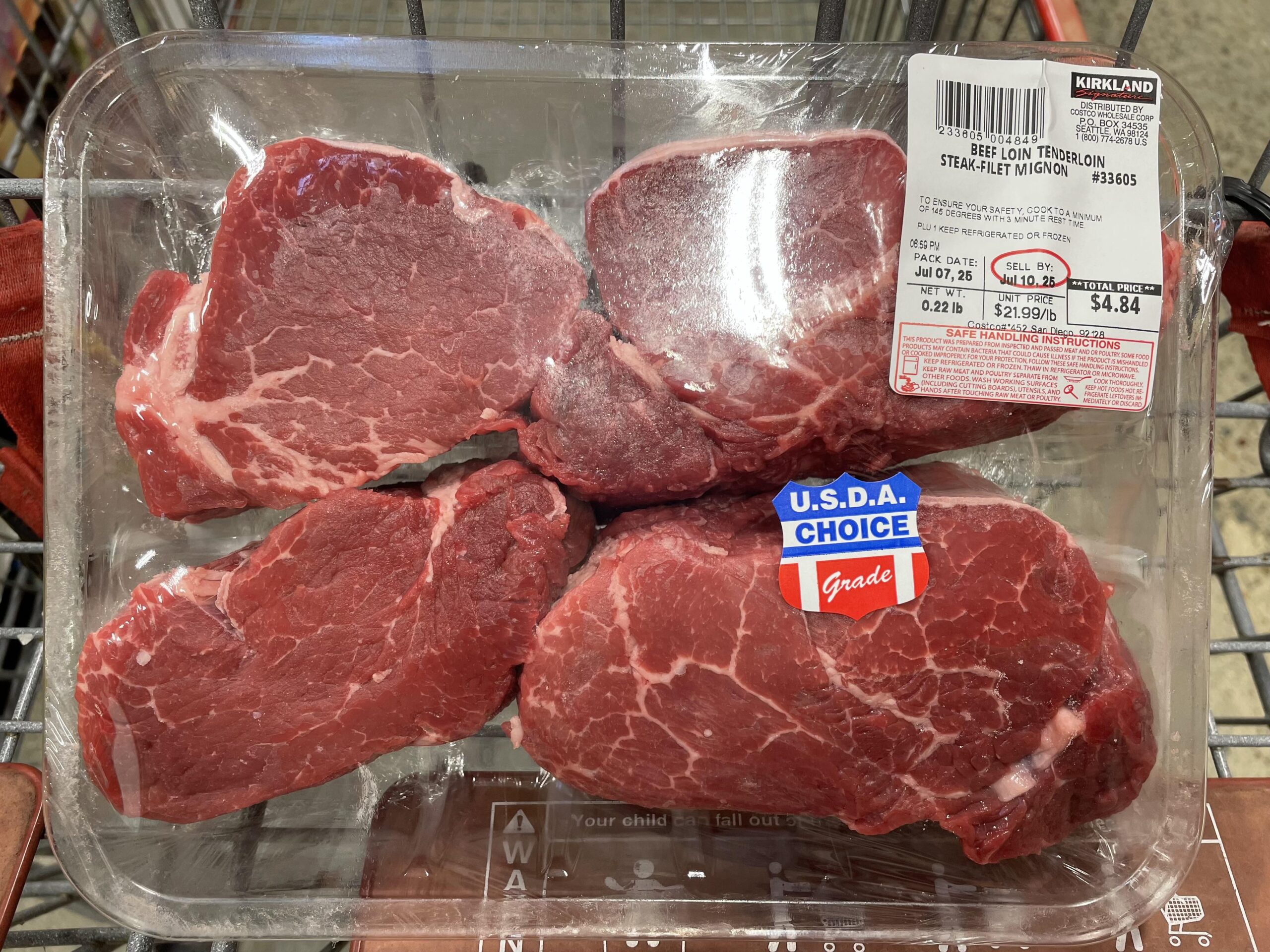
If your family eats a lot of meat, you’ve definitely noticed beef prices soaring at the grocery store. Overall, beef and veal prices have increased 14.7%. Beef roasts, like chuck or sirloin tip roasts, are the worst culprit with an 18.4% upswing. That’s bad news at the time of year that people want to throw a pot roast in the slow cooker.
If your family enjoys steak as a treat, you’ll be paying 16.6% more for the beef. And even ground beef, known for being the economical choice, is up 12.9% year-over-year. It might be time to switch to ground turkey, which has only gone up 0.6% in the same time frame.
Candy and Chewing Gum
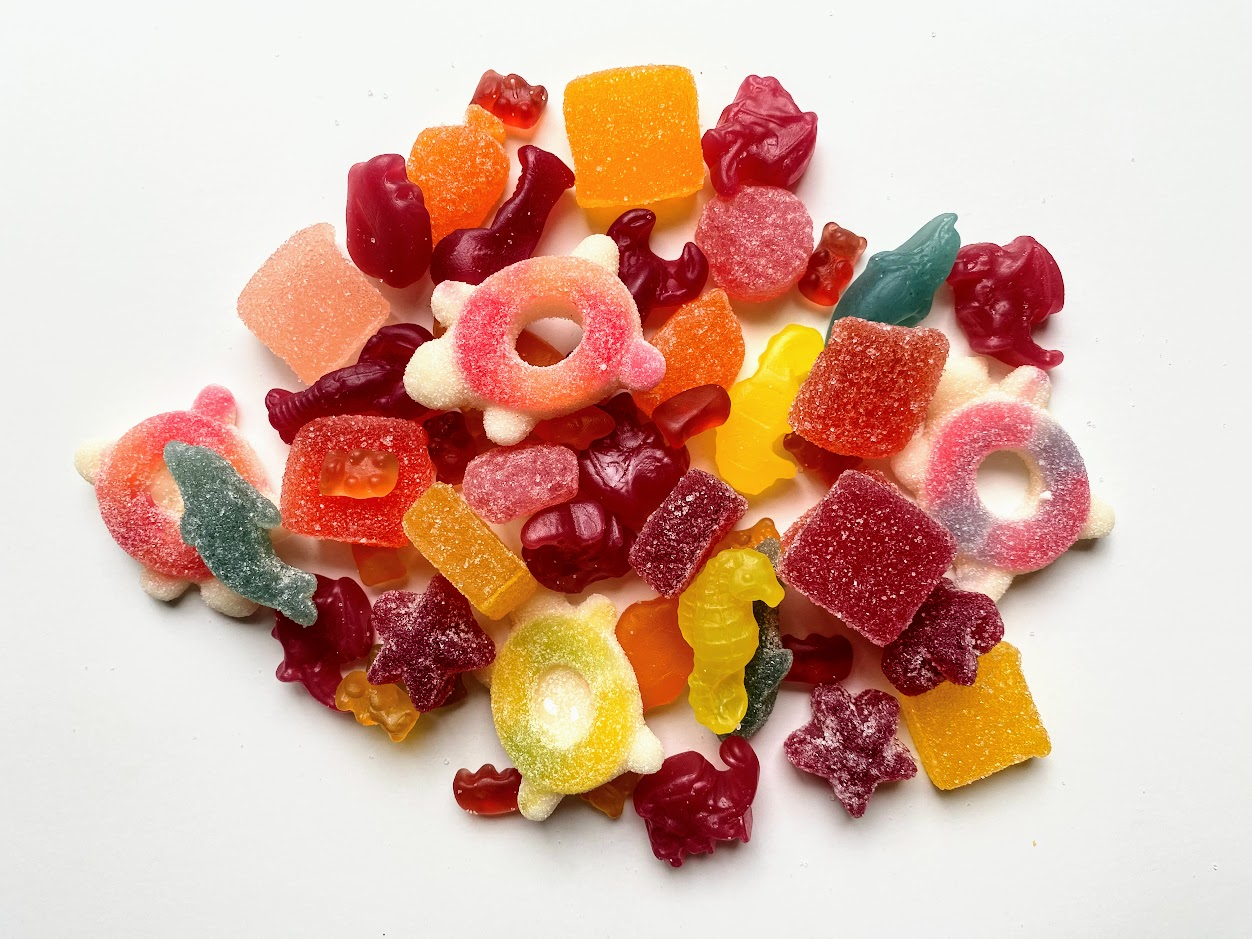
Candy for Halloween is going to cost you more this year than last year, to the tune of 9.8%. That includes chewing gum, which isn’t exactly an inexpensive impulse buy at the register anymore. (And that’s not the only Halloween cost that’s going up this year.)
Frozen Juices and Drinks
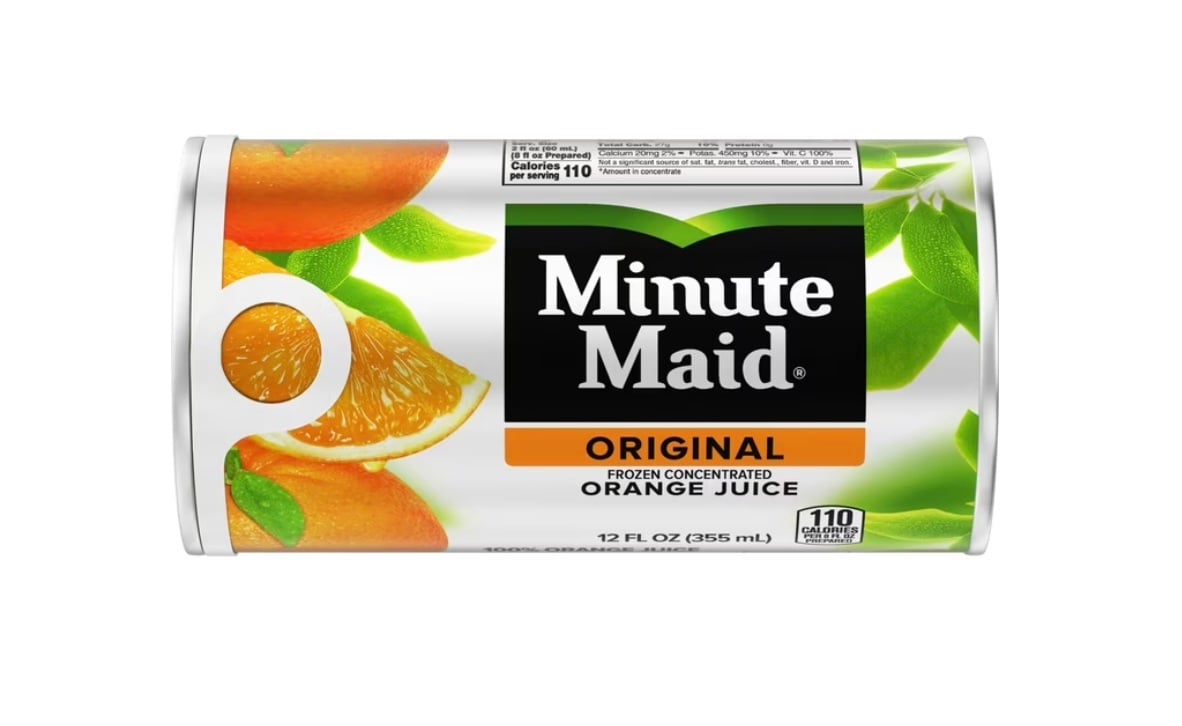
Buying frozen cans of juice concentrate seems like a great way to pinch pennies compared to bottles of refrigerated juice. But those prices have risen fast: up 9.6% compared to last year. Surprisingly, the prices of refrigerated juices and drinks have only risen 1.8% in the same period.
Condiments
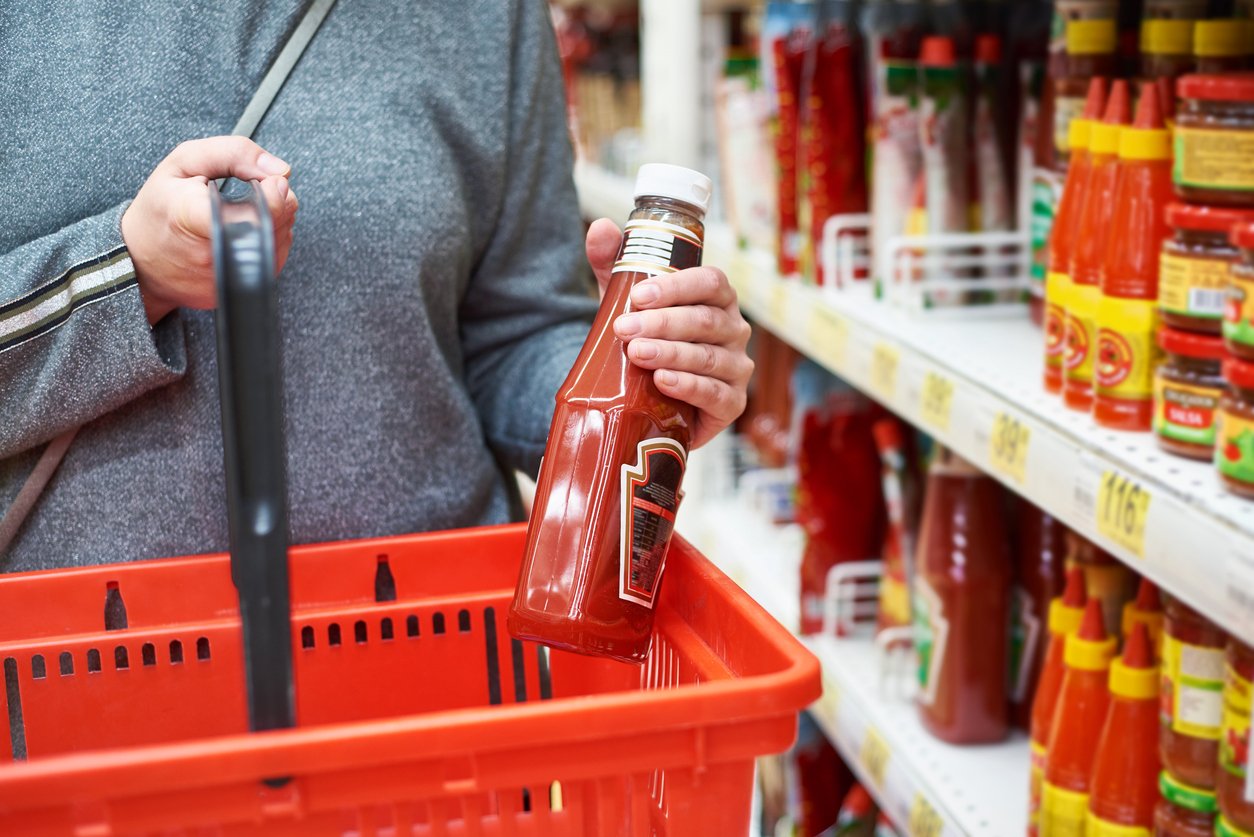
Condiments, like ketchup, mayonnaise, and barbecue sauce, increased 7.8% year-over-year. It’s a lot more expensive to dip your chicken fingers or top your hot dog than it was a year ago.
Trending on Cheapism
Bananas
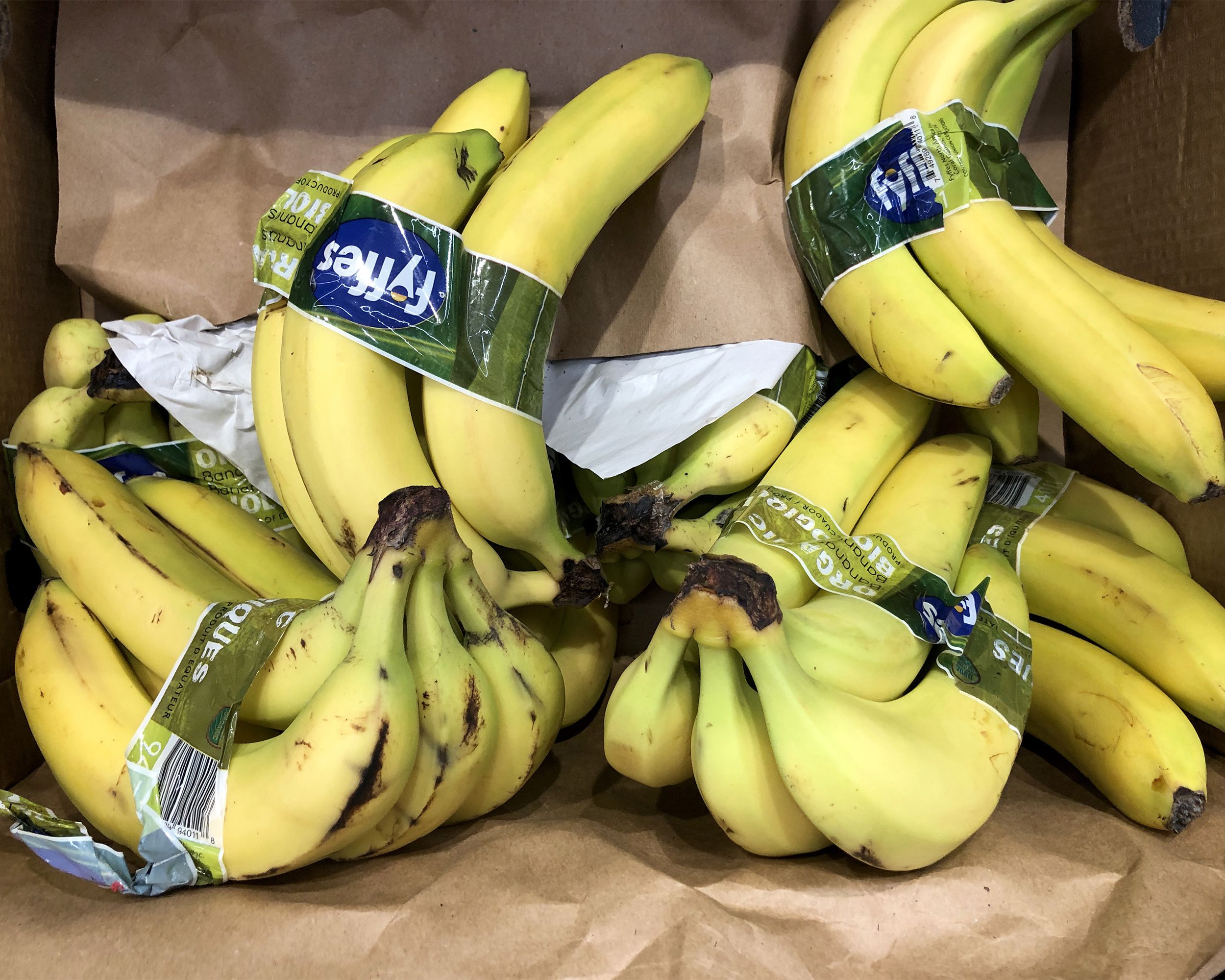
Inflation strikes again for another cheap staple: bananas. They’re usually thought of as one of the most affordable fresh fruits, but the price has increased 6.9% from last year. It’s the standout in the fresh fruit aisle because overall, the category has actually dropped 0.2%.
Biggest Decreases: Shelf Stable Seafood
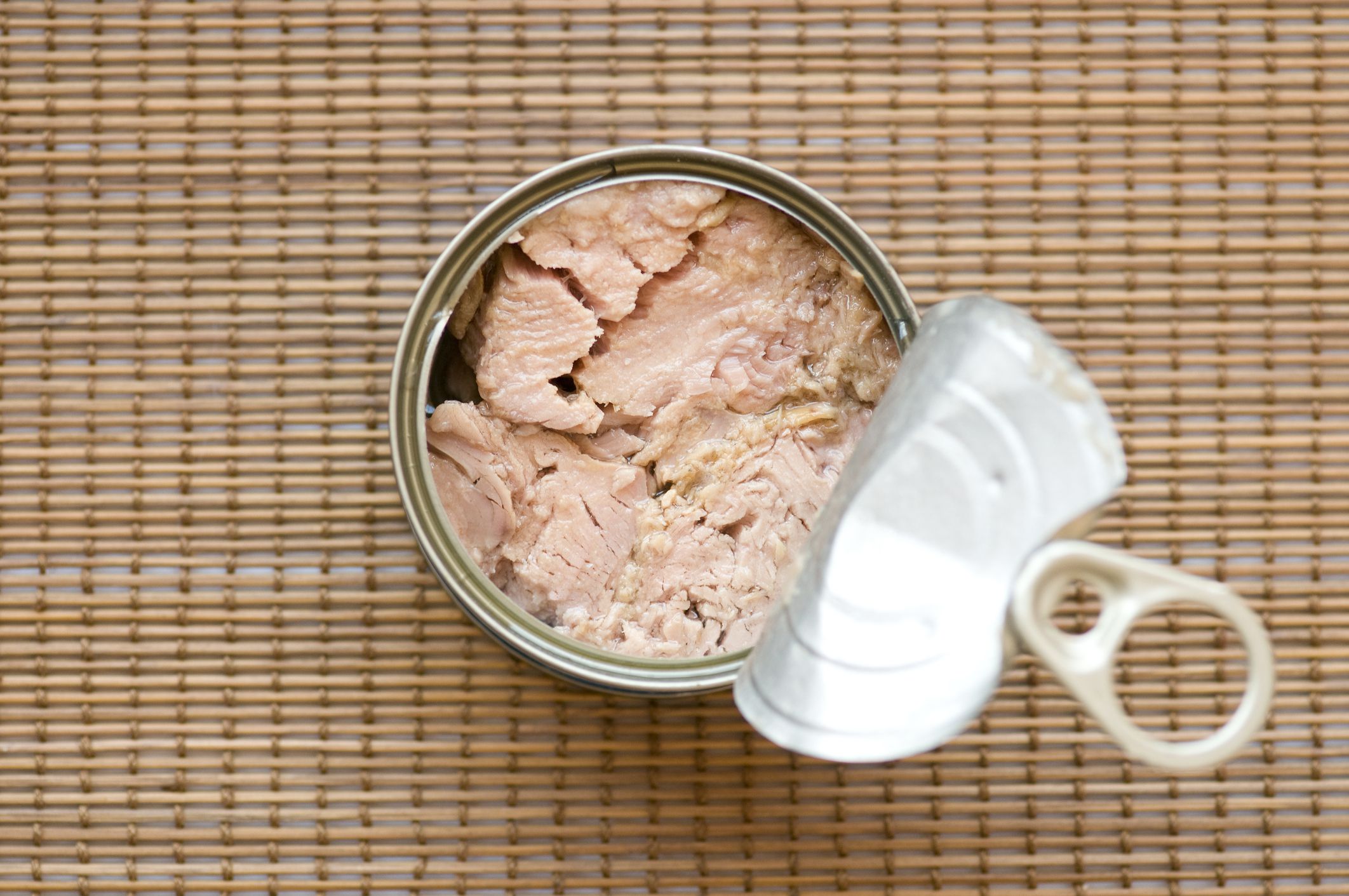
If you’re looking for inexpensive ways to load up on protein, look no further than that pantry staple: canned tuna. It, along with all the other shelf stable fish and seafood, have decreased in price 3% over the last year. That’s the most significant decrease in any grocery category, which is pretty depressing, honestly.
Fats, Oils, and Peanut Butter
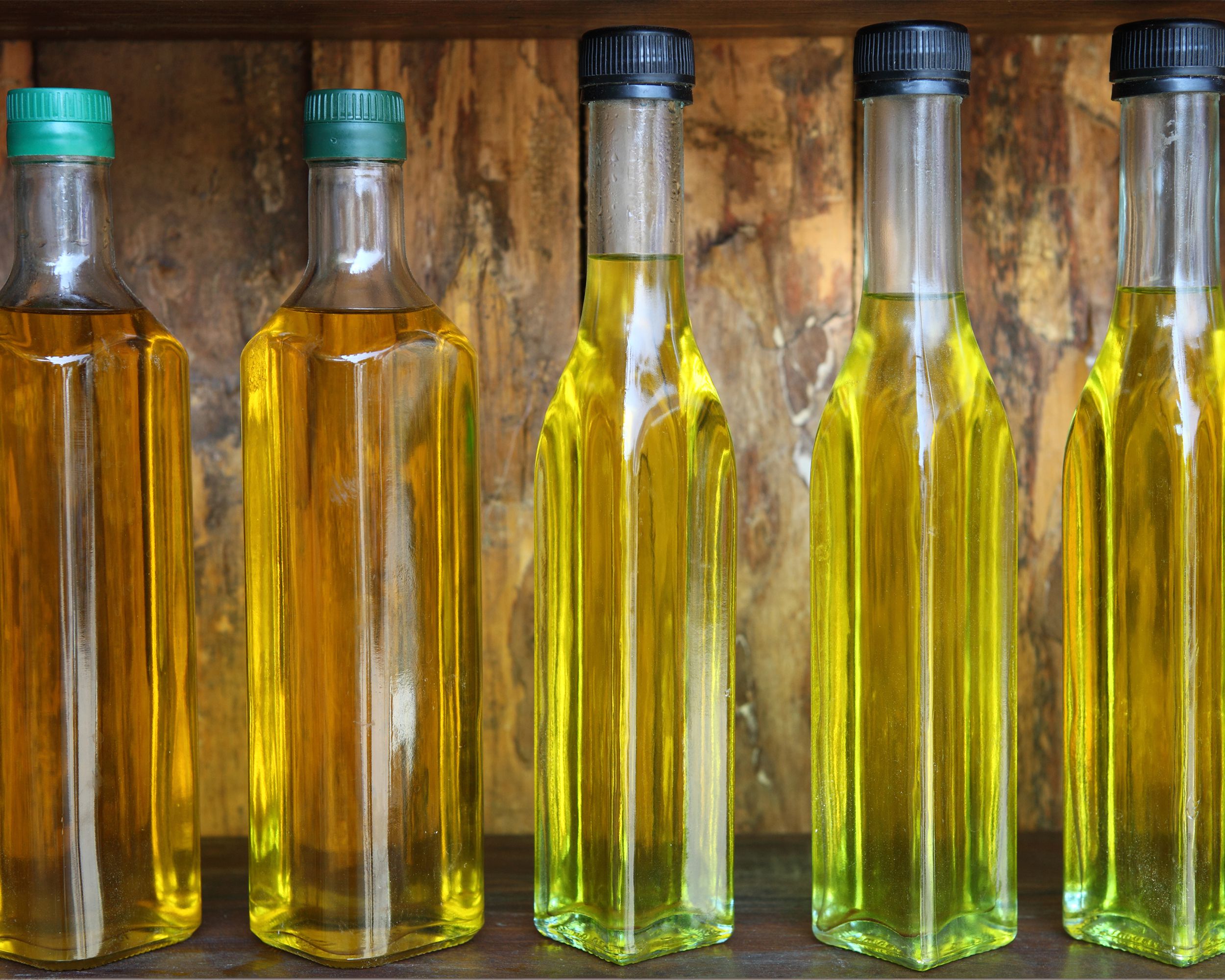
The category of cooking fats, oils, and peanut butter dropped 2.8% year-over-year. That includes products like canola oil and olive oil, though it excludes butter and margarine. Peanut butter is also included in this category, though on its own, it only decreased 1.2% in price over the last year.
Sign up for our newsletter
Other Fresh Fruits
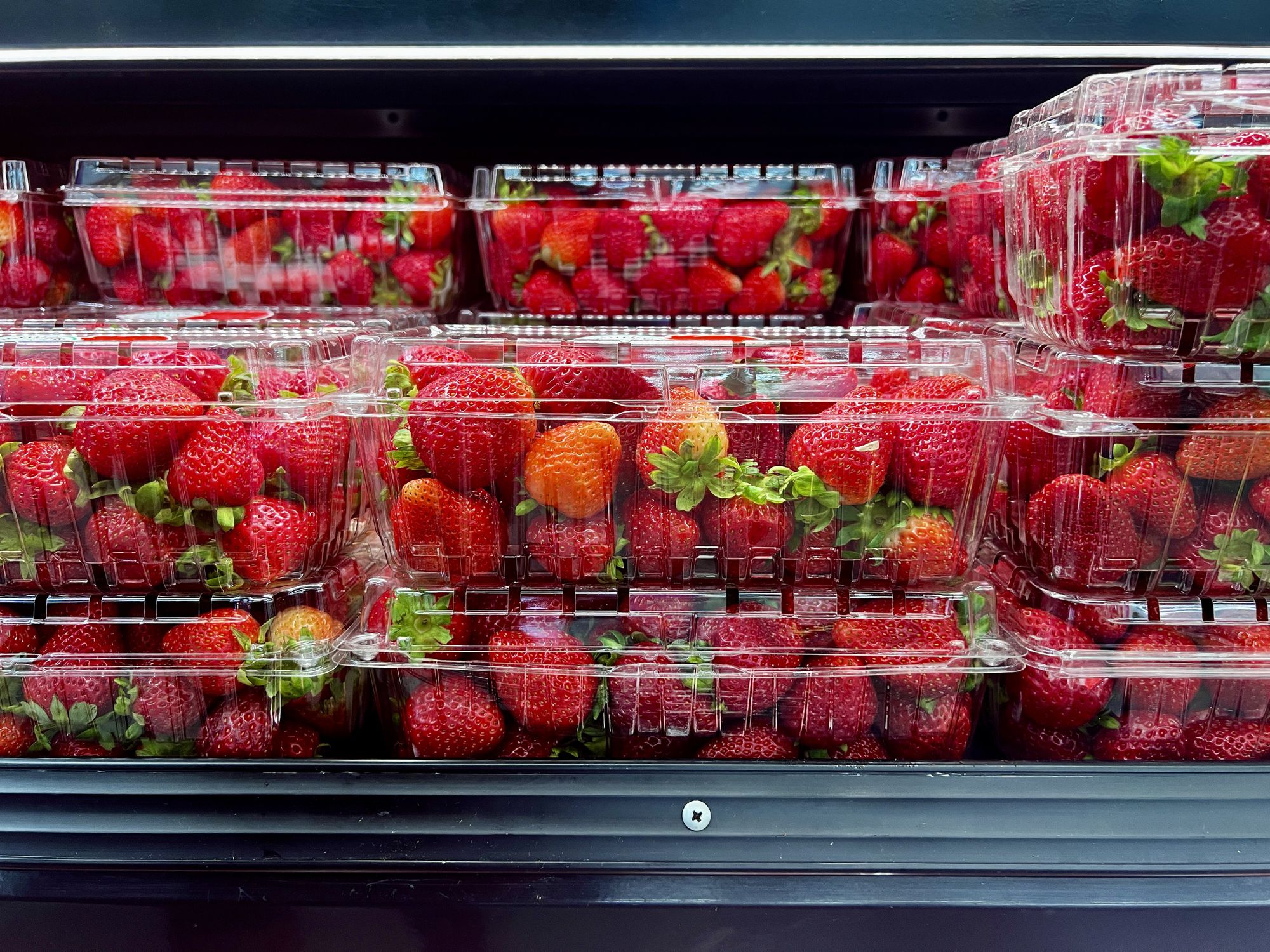
Fresh fruits, not including apples, bananas, and citrus fruit, have decreased in price 2.3%. The excluded fruits are likely the most popular, and are tracked separately. This category includes fruit like berries, grapes, and melons.
More Grocery News From Cheapism

- 10 Grocery Staples That Will Cost More Because of Tariffs — Inflation isn’t the only thing driving up costs at the grocery store. Find out which other items may get more expensive.
- 10 Grocery Price Increases That Worry Shoppers the Most — It’s not just the eggs this time. From rice to avocados, here are the items peopl are most worried about.
- SNAP Food Benefits Halted Due to Shutdown, But Other Resources Available — SNAP benefits won’t be issued this month due to the government shutdown. Here are resources available to those in need.
